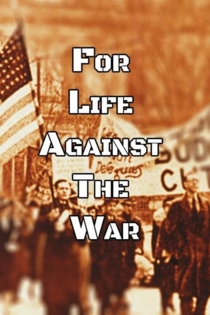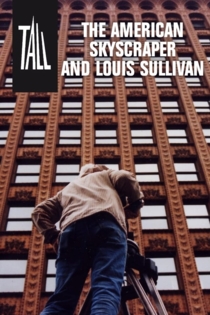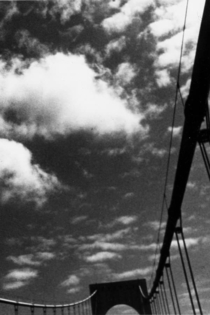
Manfred Kirchheimer
1931 (94 года)My Coffee With Jewish Friends
Manfred Kirchheimer
A humorous and illuminating series of coffee klatches with 20 friends that proves the old adage, “Where you have two Jews, you have three opinions.” Ranging in age from 18 to 85, and in experience from greenhorn to Pulitzer-Prize winner, the film’s subjects kibitz over all manner of concern, from Israel to tight pants, gay rights, and the place of women at the Wailing Wall.
My Coffee With Jewish Friends

We Were So Beloved
Manfred Kirchheimer
Filmmaker Manfred Kirchheimer gained the trust of holocaust survivors living in New York's Washington Heights who agreed to talk to his cameras. But what they told him went so far against the grain that it could only be described as controversial.
We Were So Beloved

Free Time
Manfred Kirchheimer
Meticulously restored and constructed 16mm black-and-white footage shot in New York between 1958 and 1960. This lustrous evocation of a different rhythm of life captures the in-between moments—kids playing stickball, window washers, folks reading newspapers on their stoops—and the architectural beauty of urban spaces, set to the stirring sounds of Ravel, Bach, Eisler, and Count Basie.
Free Time
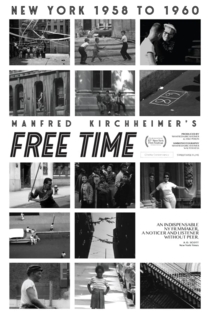
Stations of the Elevated
Manfred Kirchheimer
Stations of the Elevated exposes viewers to an underground art scene- that is, one found exclusively on the sides of subways and train cars. A moving portrait of late-70's NYC, the film boasts a soundtrack by jazz legends Charles Mingus & Aretha Franklin.
Stations of the Elevated

Art Is... The Permanent Revolution
Manfred Kirchheimer
Sigmund Abeles, Ann Chernow
The anger and outrage captured by graphic artists have defined revolutions through the centuries. Printmakers have depicted the human condition in all its glories and struggles so powerfully that perceptions, attitudes and politics have been dramatically influenced. And the value and impact of this art is even more important today. In the new documentary, ART IS... THE PERMANENT REVOLUTION, three contemporary American artists and a master printer help explain the dynamic sequences of social reality and protest. Among the wide range of 60 artists on display are Rembrandt, Goya, Daumier, Kollwitz, Dix, Masereel, Grosz, Gropper, and Picasso. While their stirring graphics sweep by, the making of an etching, a woodcut and a lithograph unfolds before our eyes, as the contemporary artists join their illustrious predecessors in creating art of social engagement.
Art Is... The Permanent Revolution

Canners
Manfred Kirchheimer
Rummaging through city trash for hours and miles, New York’s gleaners gather and recycle soda cans for a nickel apiece. The stories they tell are full of humor, violence, tragedy, and resilience. As Kirchheimer’s documentary reveals, however, their tireless labor is ignored or scorned, but for the occasional doorman or Good Samaritan who chooses to lend his hand rather than avert his gaze.
Canners
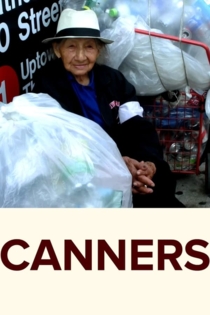
Dream of a City
Manfred Kirchheimer
Between 1958 and 1960 Walter Hess and Manny Kirchheimer shot black and white 16mm film from Wall Street to midtown New York to the Delaware River. They documented the activities at a huge construction site, street life in Hell’s Kitchen, New York harbor traffic, and rare glimpses of nature. Then the footage was left unedited. In 2017 Kirchheimer (DISCOVERY IN A PAINTING, TALL: THE AMERICAN SKYSCRAPER AND LOUIS SULLIVAN, STATIONS OF THE ELEVATED) took up the challenge of editing it. Once the picture was set he searched for music and sound effects that would mesh with the surrealism of the material. The result is a dynamic and compact symphony of a city.
Dream of a City
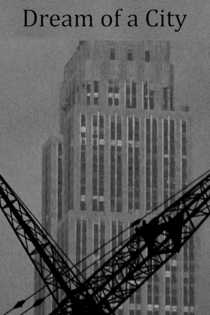
For Life, Against the War
Betty Ferguson, Peggy Lawson
First shown on January 30, 1967, FOR LIFE AGAINST THE WAR was an open-call, collective statement from American independent filmmakers disparate in style and sensibility but united by their opposition to the Vietnam War. Part of the protest festival Week of the Angry Arts, the epic compilation film incorporated minute-long segments which were sent from many corners of the country, spliced together and projected. The original presentation of the works was more of an open forum with no curation or selection, and in 2000 Anthology Film Archives preserved a print featuring around 40 films from over 60 submissions.
For Life, Against the War
